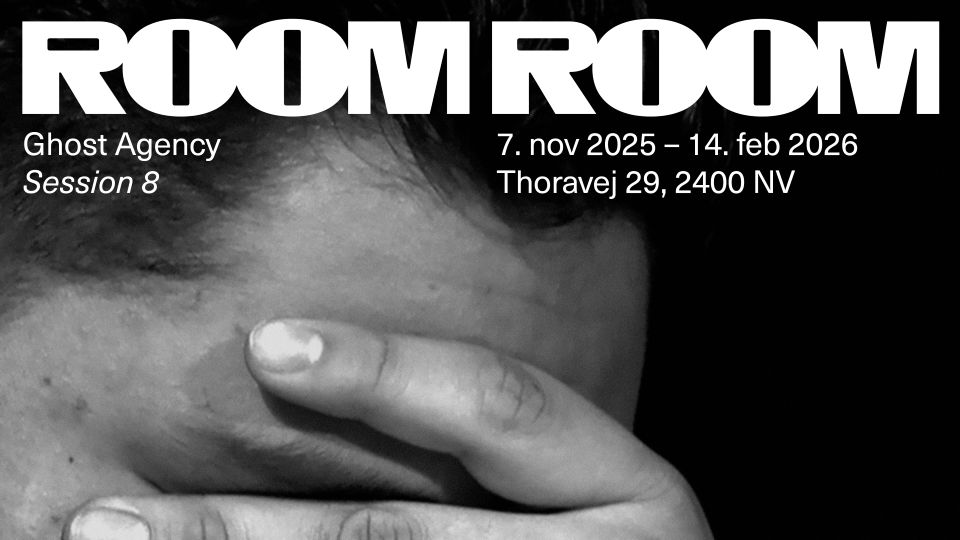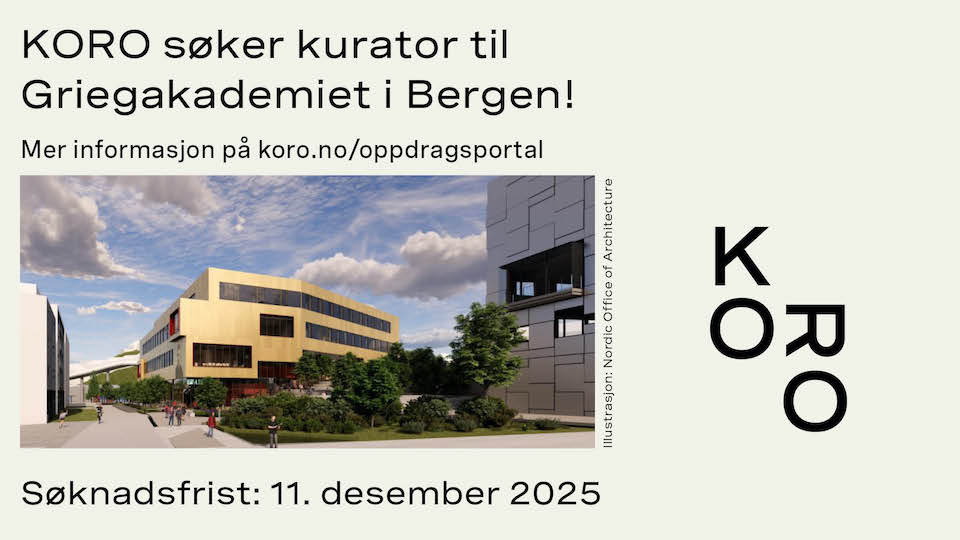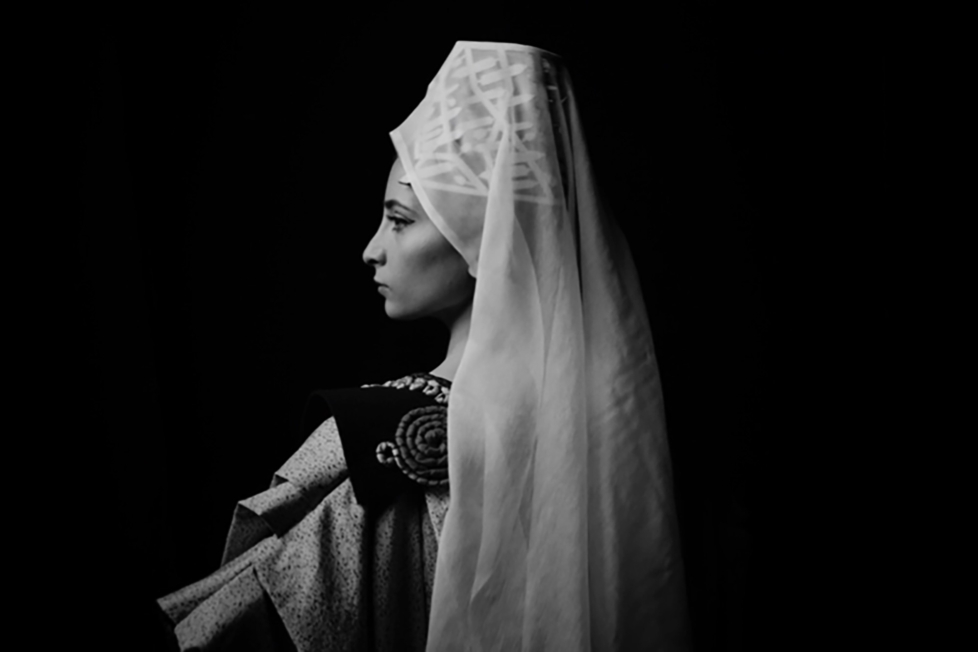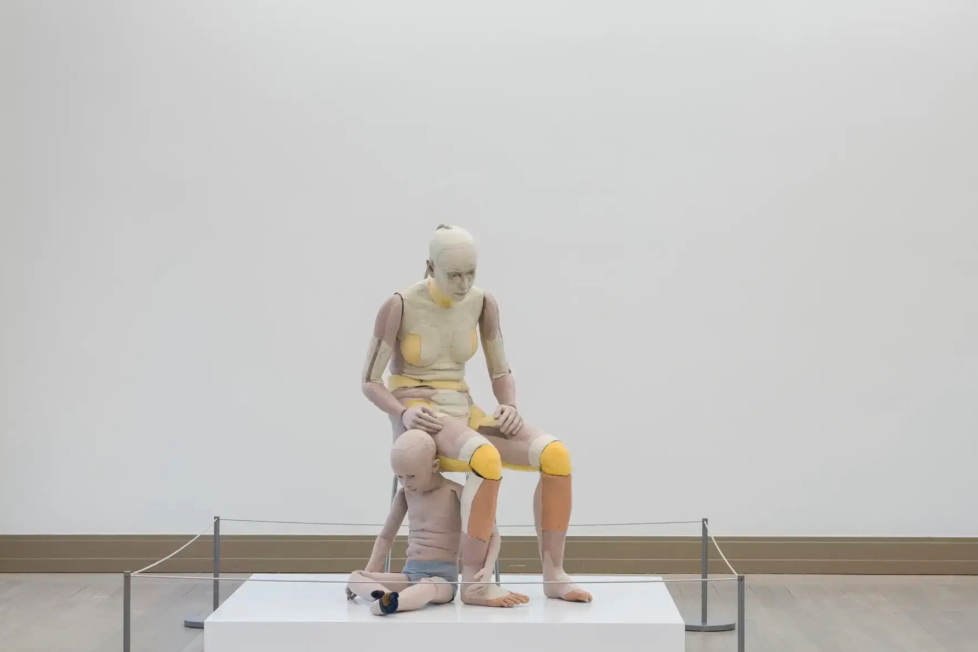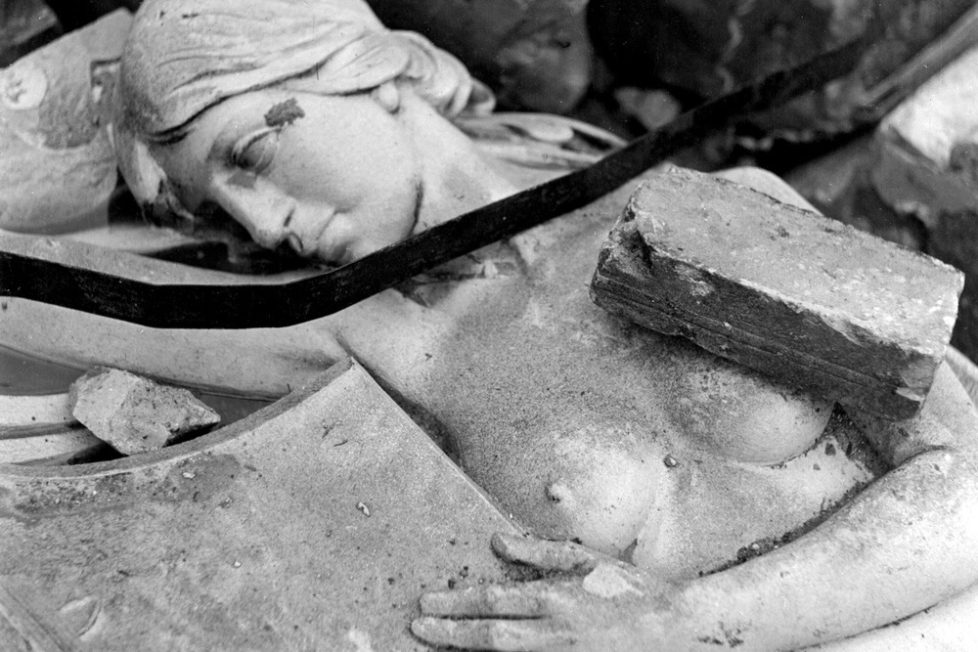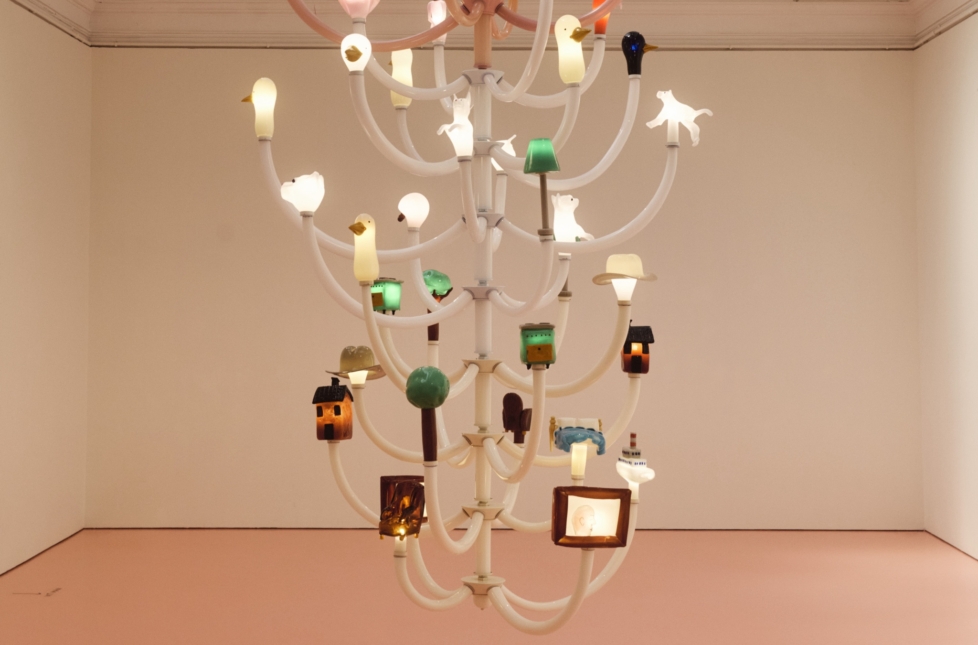
Fashion goes in cycles: teenagers on the streets of Helsinki are currently dressing in what was trendy in the aughts. For those of us who lived through that godforsaken era of bulky skate sneakers and bare tummies, this revival seems incomprehensible. Still, it is nothing compared to Helsinki Biennial bringing back anthroposophical fluff. Are we really this resigned in the face of contemporary life that we must resort to regression and essentialism?
This is the second time around for the biennial, produced by Helsinki Art Museum (HAM) with the island of Vallisaari as the main venue. This may seem like a clever way for the city to inspire interest in the island, which was previously owned by the Finnish Defence Forces and opened to the public as recently as 2016. The site’s wild nature and abandoned buildings offer, in theory, an inspiring backdrop for a contemporary art biennial. In practice, however, it was a problem for the 2021 edition, which was widely considered to be overshadowed by the beauty of its surroundings.

Two years later, the same problem persists.The biennial is divided between HAM and Vallisaari, with a few works placed in the centre of Helsinki. The latter feel as if they have been left over and forcibly squeezed into the cityscape. I feel sincerely sorry for Dineo Seshee Bopape, whose sculpture I re-member Mama (2023) serves as intermission entertainment at the quayside from which the boat to Vallisaari departs. The work is a giant block of hard-packed earth and clay with bits of bone and twigs visible on its surface. The angular and serious sculpture, with its obvious references to deposits of history, would have been a perfect fit in Vallisaari’s lush archipelago landscape.
On arriving at Vallisaari, visitors are greeted by a sign that explains this year’s subtitle, New Directions May Emerge. Chief curator Joasia Krysa chooses to summarise the 2023 biennial with a quote from the American anthropologist Anna Lowenhaupt Tsing: “As contamination changes world-making projects, mutual worlds – and new directions – may emerge.” Tsing’s words are distorted when they are decontextualised in this way, with the result that they can be interpreted as being in favour of an accelerationist approach to the future.
Indeed, a tendency to self-contradict is the Helsinki Biennial’s weak point. The fact that the works call for different worldviews is not a problem in itself. On the contrary. But the multiplicity of appeals creates the feeling that it is impossible for the individual to do the right thing. What’s more, among artists there is an alarming lack of ability to imagine anything beyond capitalism. The core of Tabita Rezaire’s video installation Deep Down Tidal (2017) at HAM is an insightful post-colonial critique of the internet, but it is marred by the inexplicable suggestion from one of the film’s divine characters that the consumption of data traffic can be replaced with the consumption of new dresses.

This directive notwithstanding, people who want to take part in the 2023 Helsinki Biennial should bring along a massive tech pack because it’s a jungle of QR codes, glitchy AI, soundtracks, and online games, and everyone is expected to have a smartphone and headphones. The assumption that biennial visitors would want to keep tapping their phones in such scenic surroundings seems unrealistic.
This, however, pales in comparison to the sad fact that a biennial about pollution relies so heavily on such a notorious polluter as the smartphone. The biennial’s statement talks about “technological damage” and “contamination [as] a force for positive change,” and asks whether the biennial might “nurture regeneration of the social body.” But almost nowhere does it touch on the dirty realities of contemporary life beyond academic concepts. There is talk of innovation, but no mention of how environmental degradation manifests itself in our lives, for example, in the form of tech jam-packed with heavy metals.

Instead, refuge is sought in the same old vague essentialist post-colonial critique and the tendency, typical of the art world, to coddle the oppressed and the othered in the name of inclusion. When someone called for better lighting during an artists’ panel convened at HAM, the biennial’s assistant curator Markus Reymann replied nonsensically: “as you can see, we remain inspired by Indigenous practices such as improvisation.” The myth of the noble savage is alive and well.
Is it the fear of upsetting someone within their own bubble that causes curators to lose the ability to separate the wheat from the chaff? When “Indigenous practices” are seen as an absolute moral good, there is a significant risk that truly meaningful and important cultural practices and knowledge will be drowned out by a fixation on mysticism, superstition, and religious beliefs.

Lotta Petronella’s site-specific installation Materia Medica of Islands (2023), for example, emphasises Nordic folk medicine and healing herbs, but their credibility is cancelled out by the work’s inclusion of tarot. The exhibition text for Emilija Škarnulytė’s commissioned piece Hypoxia (2023), on the other hand, mentions a Lithuanian myth of a sea goddess, but it is difficult to find any trace of this legend in Škarnulytė’s video installation. It feels tacked on compared to Rezaire’s Deep Down Tidal, in which an emphasis on the wisdom of African folklore about water appears apt and relevant.
In Sepideh Rahaa’s massive video installation Songs to Earth, Songs to Seeds (2023), her family’s traditional rice fields in Iran are described as “paradise,” while Danielle Braithwaite-Shirley refers to their interactive website I Can’t Take This Step For You (2023) as a “Pilgrimage,” with a capital P. The word takes my mind in the wrong direction in relation to Braithwaite-Shirley’s sensitive and poetic virtual domain.

It is perhaps unfair to bunch artworks together in this way. Considered separately, the elements of faith and myth in the these works aren’t disconcertingly conspicuous. But when considering the biennial as a whole, the casual religious references and focus on esoteric spirituality becomes pretty awful. It flirts with the fuzziness of anthroposophy: the “new directions” of the biennial title frequently lead into some kind of escapist dream world. For example, the KEIKEN collective’s temple-inspired installation Ángel Yōkai Atā (2023), which aesthetically falls into some sort of techno new-age category, is described in the on-site exhibition text as “a portal to […] a speculative world beyond direct experience […] made for angels and spirits.”
The understanding of mysticism and spirituality here doesn’t occur on an abstract level, à la Hilma af Klint, but is straight to the point, full-blown all the way up to astral planes inhabited by a kind of imaginary supernatural homogeneous Indigenous People. The inability to critically examine works purporting to be transgressive leads to an embarrassing blunder as the only pure utopia included in this avowedly post-colonial biennial advocates for the colonisation of outer space. In the 185 watercolours that make up TECHNOSHAMANIC SYSTEMS – New Cosmological Models for Survival(2020-21), Suzanne Treister imagines an interplanetary world populated by humans and humanoids with a penchant for crystals and kinky get-up. One of the paintings calls for a “modification of the cosmos for human habitation.”

It is easier for the Helsinki Biennial to imagine a future in which humans colonise the universe than one in which we collectively work to counter the climate crisis and modern slavery. This is a jarring position for a biennial addressing pollution and “new directions” to take. Where are the realistic visions? Where are the ideas of conscious rewilding of the planet, of post-nationalist solidarity, of a non-accelerationist dismantling of capitalism?
The sun shines on Vallisaari, and white clouds drift above a manmade pond. The clouds are as artificial as the pond and have been created by a fog machine placed there by Sasha Huber and Petri Saarikko of the artist duo Remedies. Their Sanctuary, mist (2023) is a blatant reminder of how art can be overshadowed by the natural world of Vallisaari. A school of fish swims near the shore, and there’s an almost nauseating scent of June wild flowers. As I leave the island, I wonder whether humans are needed at all.


